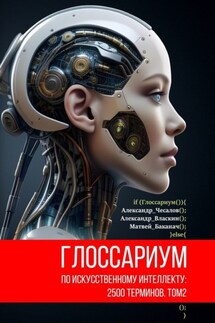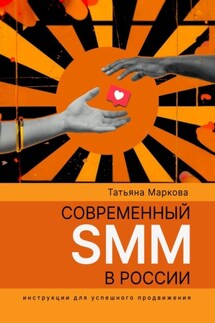Глоссариум по искусственному интеллекту: 2500 терминов. Том 2 - страница 19
Boolean satisfiability problem (also propositional satisfiability problem; abbreviated SATISFIABILITY or SAT) is the problem of determining if there exists an interpretation that satisfies a given Boolean formula. In other words, it asks whether the variables of a given Boolean formula can be consistently replaced by the values TRUE or FALSE in such a way that the formula evaluates to TRUE. If this is the case, the formula is called satisfiable. On the other hand, if no such assignment exists, the function expressed by the formula is FALSE for all possible variable assignments and the formula is unsatisfiable178.
Boosting is a Machine Learning ensemble meta-algorithm for primarily reducing bias and variance in supervised learning, and a family of Machine Learning algorithms that convert weak learners to strong ones179.
Bounding Box commonly used in image or video tagging; this is an imaginary box drawn on visual information. The contents of the box are labeled to help a model recognize it as a distinct type of object.
Brain technology (also self-learning know-how system) is a technology that employs the latest findings in neuroscience. The term was first introduced by the Artificial Intelligence Laboratory in Zurich, Switzerland, in the context of the ROBOY project. Brain Technology can be employed in robots, know-how management systems and any other application with self-learning capabilities. In particular, Brain Technology applications allow the visualization of the underlying learning architecture often coined as «know-how maps»180.
Brain—computer interface (BCI), sometimes called a brain—machine interface (BMI), is a direct communication pathway between the brain’s electrical activity and an external device, most commonly a computer or robotic limb. Research on brain—computer interface began in the 1970s by Jacques Vidal at the University of California, Los Angeles (UCLA) under a grant from the National Science Foundation, followed by a contract from DARPA. The Vidal’s 1973 paper marks the first appearance of the expression brain—computer interface in scientific literature181.
Brain-inspired computing – calculations on brain-like structures, brain-like calculations using the principles of the brain (see also neurocomputing, neuromorphic engineering).
Branching factor in computing, tree data structures, and game theory, the number of children at each node, the outdegree. If this value is not uniform, an average branching factor can be calculated182,183.
Broadband refers to various high-capacity transmission technologies that transmit data, voice, and video across long distances and at high speeds. Common mediums of transmission include coaxial cables, fiber optic cables, and radio waves184.
Brute-force search (also exhaustive search or generate and test) is a very general problem-solving technique and algorithmic paradigm that consists of systematically enumerating all possible candidates for the solution and checking whether each candidate satisfies the problem’s statement185.
Bucketing – converting a (usually continuous) feature into multiple binary features called buckets or bins, typically based on value range186.
Byte – eight bits. A byte is simply a chunk of 8 ones and zeros. For example: 01000001 is a byte. A computer often works with groups of bits rather than individual bits and the smallest group of bits that a computer usually works with is a byte. A byte is equal to one column in a file written in character format









